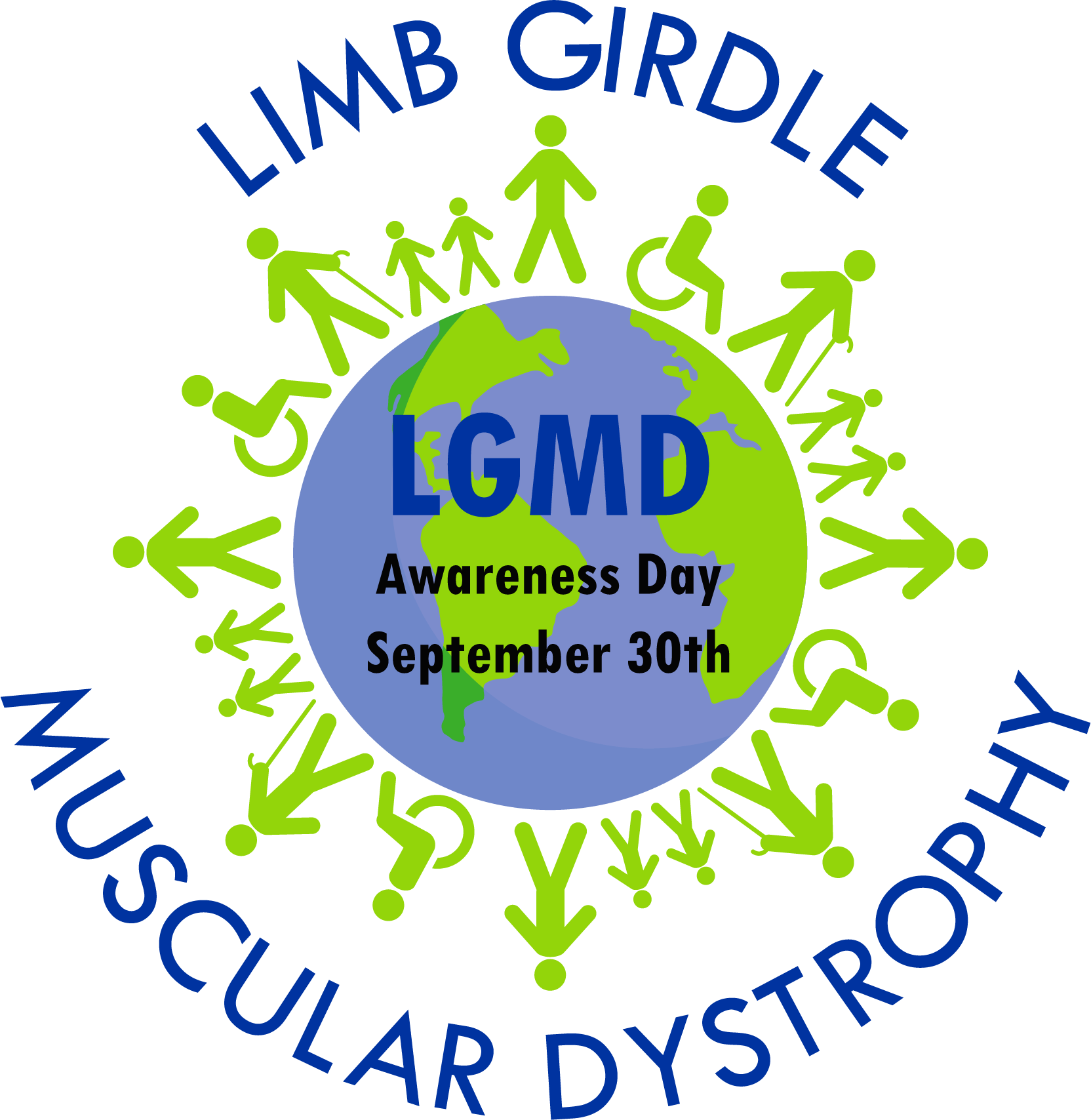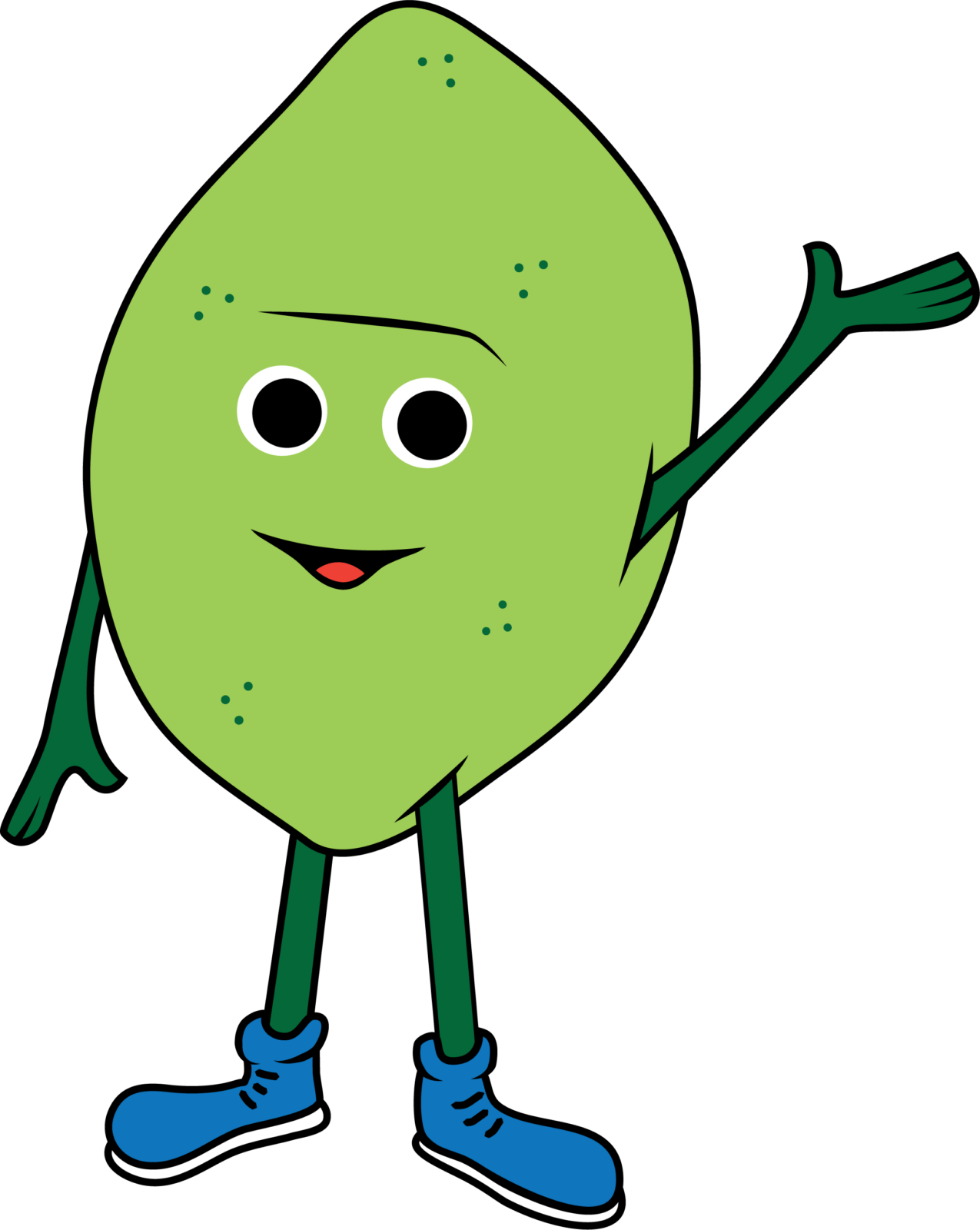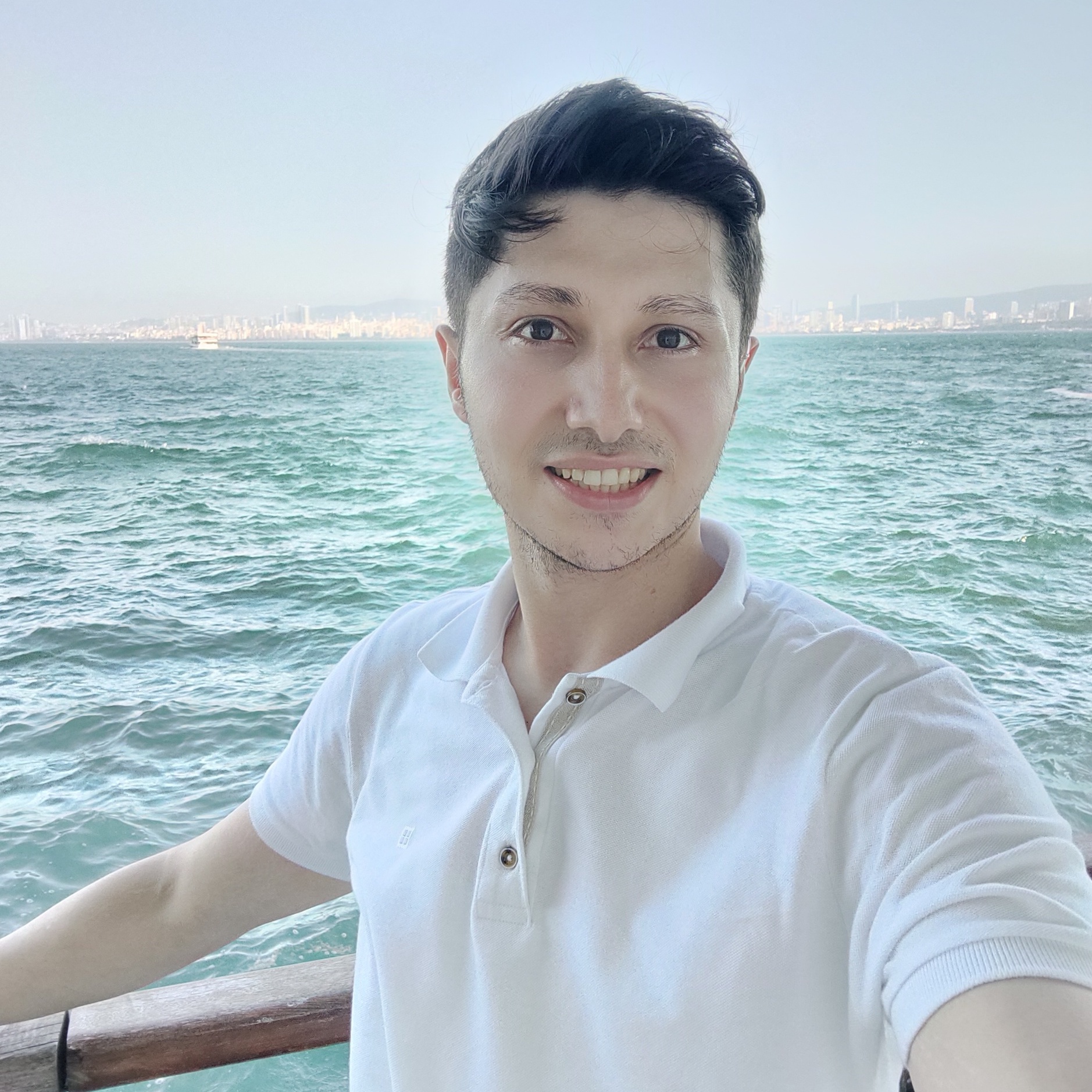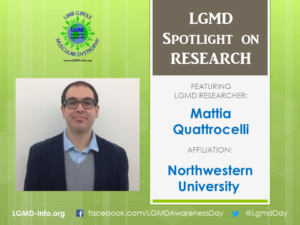LGMD RESEARCHER: Mattia Quattrocelli
LGMD “Spotlight Interview on Research”
LGMD RESEARCHER: Mattia Quattrocelli
Affiliation: McNally’s laboratory, Center for Genetic Medicine, Feinberg School of Medicine, Northwestern University, Chicago, IL
Role or Position: Postdoctoral Fellow
What education and training did you have to arrive at your current position?
After a degree in cellular and molecular biology in Italy, I completed my PhD and first postdoctoral appointment at the University of Leuven in Belgium, studying novel regenerative strategies for Duchenne and limb-girdle muscular dystrophies. Since the summer of 2015, I joined Northwestern University in Chicago, IL for my second postdoctoral appointment, fueled by support from the Muscular Dystrophy Association and training in muscle biology by the Wellstone Consortium of Muscular Dystrophy Research.
What led you to follow a career in research and in studying muscular dystrophy in particular?
I am fascinated by biomedical research and it is my everyday passion to investigate mechanisms and challenge limitations of biological properties. I have been focusing on muscle biology and muscular dystrophies since my first research experience as undergraduate student. Muscle and heart are absolutely fascinating tissues and we still do not fully understand them. Together with my interests in muscle biology, the spotlight on muscular dystrophies is my way to try to make a difference for individuals living with these conditions through scientific research.
What topics are you studying?
I am currently investigating the molecular and metabolic effects of glucocorticoid steroids (prednisone, deflazacort) in dystrophic muscle. Steroid treatments help Duchenne boys walk for a greater period of time, but also induce untoward side effects. Recently, pulsed steroid administration has been proposed to maintain efficacy while reducing side effects, although we lack mechanisms and basic understanding of how alternative steroid regimens work. Also, no clinical steroid indications are present for any other dystrophies, including limb-girdle. I am exploring how once-weekly glucocorticoid dosing ameliorates dystrophic muscle function through expression of specific genes and utilization of nutrients for energy. My goal is to define how applicable this alternative steroid regimen is to all muscular dystrophies. To this end, I am gathering encouraging insights from animal models of limb-girdle muscular dystrophies, including models of LGMD types 2A, 2B and 2C, and from biomarkers in Duchenne boys.
How will your work help patients? Is it more scientific in nature or might it become a treatment for LGMDs or MDs in general?
If efficacy and safety are confirmed in dystrophic patients (and much work still remains to be done in that direction), then my research has the potential of directly informing steroid indications in clinical treatment of patients with limb-girdle, Duchenne and other muscular dystrophies. In addition, understanding molecular and metabolic mechanisms of steroid action in muscle will potentially provide the scientific community with novel putative pharmacological targets to alleviate or counteract dystrophic progression.
What would you like patients and others interested in LGMD to know about research (your own projects and about the field in general)?
Now is an exciting time for the muscular dystrophy community as many novel treatments (gene therapies, exon-slipping therapies, novel anti-degeneration drugs, alternative steroid regimens) are finally moving from laboratory benches to clinical trials. However, we have to remain fully committed to researching dystrophic muscle pathology today to keep improving the treatments of tomorrow.
What inspires you to continue working in this field?
I could provide a rather boring and long list of reasons but I will limit myself to three sources of inspiration for my research, here listed in order of importance: 1) the hope to ameliorate care and quality of life for all muscular dystrophy patients; 2) the personal contact with patients, their families and dedicated associations, which I think make a wonderful work every day to disseminate information and support patients and families; 3) the scientific knowledge we gather and the experimental questions we pose after every experiment.
How can patients encourage you and help your work?
Together with their families and associations, dystrophic patients are already encouraging and supporting research by providing true motivation for our work and financial support with fundraising. Also, I am grateful to patients and their families for sharing their stories and informing research by participation into studies and genetic screening initiatives.
* * * Please LIKE, COMMENT and SHARE this post to help raise awareness of LGMD!
* * * To learn more about Limb Girdle Muscular Dystrophy (LGMD) or to read more “Spotlight Interviews”, please visit our website at https://www.lgmd-info.org/








